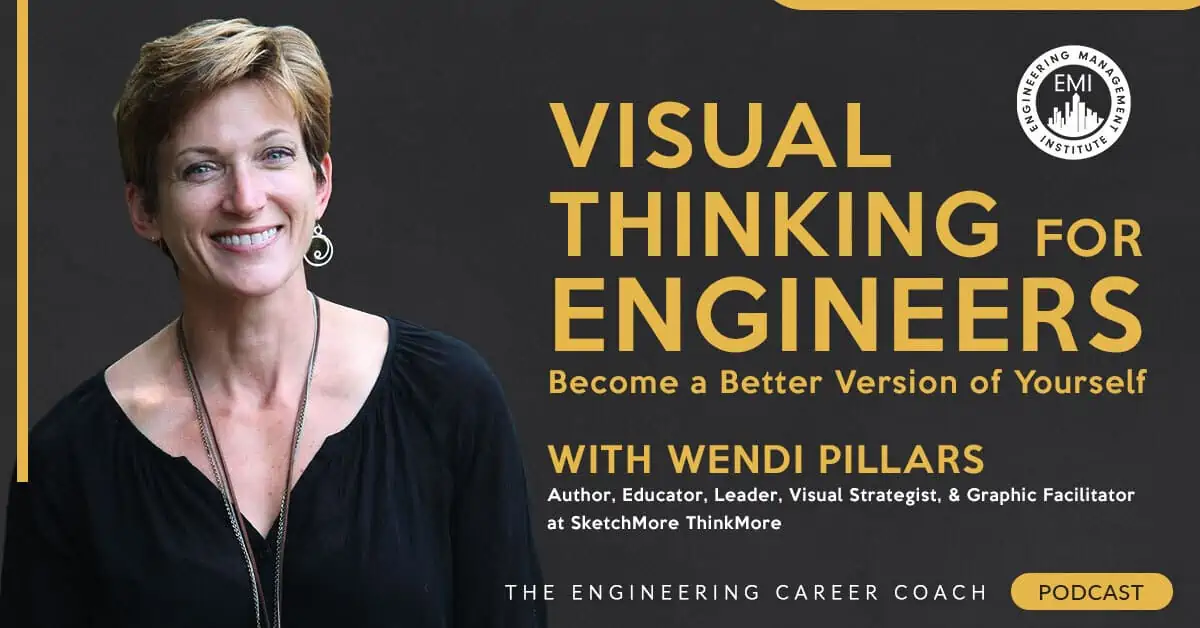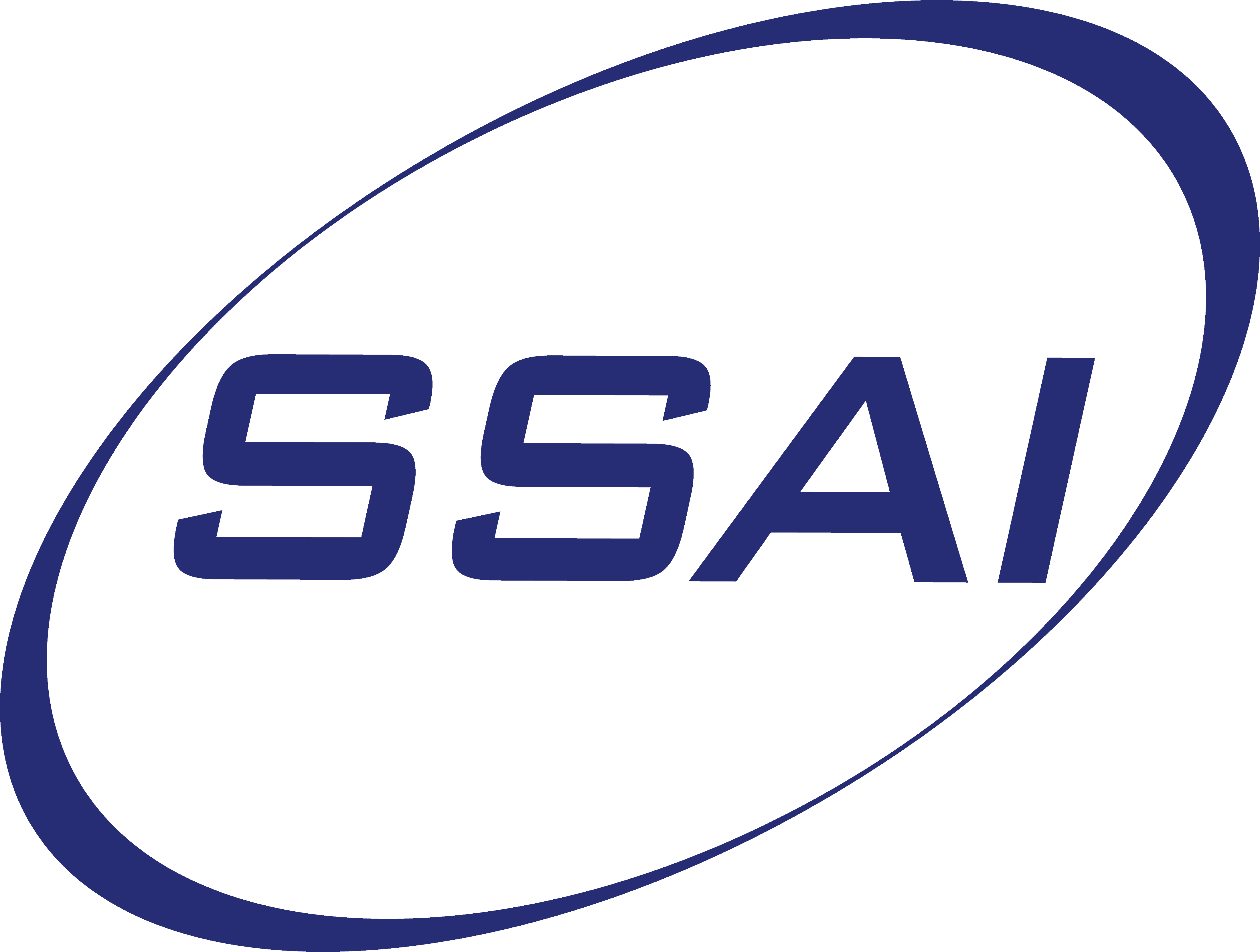Podcast: Play in new window | Download | Embed

Here Are Some of the Key Points Discussed About Visual Thinking for Engineers:
- If someone does not understand what you are saying, drawing a visual will help them understand better. Your audience will feel more relaxed and engaged because you will make it easier for them to understand.
- Wendi’s book, “Visual Impact,” is based on all the questions she was frequently asked while presenting workshops. It is compiled in sections from A to Z, with a topic for every alphabetical letter. All the left-hand pages in the book have the text, and all the right-hand pages have a visual explaining the text.
- The book explains what kind of visuals to use to explain things better. For example, a thicker arrow means quicker speed, and a dashed arrow means it is a possibility. It can be used to determine a group code for your organization on which type of visual means what. The book explains the inroads of how to create certain visuals, and why it is important to do it that way.
- Visual impact is about the process of creating things. If you are uncomfortable about drawing things, try to work in a team environment where everyone has a turn to make a basic visual. You will see how a story can come out of shapes and lines that will still clarify your ideas.
- Visual impact helps people to decelerate the pace of all the inputs they are getting at conferences and meetings and can generate their understanding of what they are.
- Engineers already have pictures in their heads and movies in their minds when they are designing projects. When it comes to reporting on the designs, there are areas where they can incorporate more visuals. The visuals you use will be based on the kind of audience you are reporting to. Base your visuals on the ideas you want to impart to someone else by taking the abstract you have in your mind and making it understandable to someone else in a simple way.
- Visual thinking can help you to communicate your ultimate objective in a way so that other people will have the same understanding of it as you do. Your expectations will be clarified and voiced so that everyone will be on the same page. It demonstrates that you have compassion and that you care that they understand. Someone might not know enough to ask questions, but slowing it down and breaking everything into parts helps them to understand better and ask questions.
- A simple concept in a group of people carries a vast amount of experience, knowledge, and understanding. Imagine how much is missed when sharing complex ideas. By not giving everyone at the table a chance to share their ideas, you will be doing your organization a great disservice. The process of visual thinking is important. It allows you to use parts of your brain that it is not accustomed to using.
- Digital dementia is the process of not giving your brain time to work through things. It is caused by things like automatically going to Google if you have a question, or you use a GPS to go somewhere that you have already been to multiple times before. Your brain begins to rely on digital inputs instead of working things out on its own. It causes your brain to not get time to digest the information that it is receiving. Visual thinking promotes the deceleration and the analog piece of visualizing.
- Doing things analog without any digital inputs forces you to think differently than what you are now used to. It forces you to look and observe around you differently. You will start to remember that there is something outside of a screen.
More in This Episode…
In the Take Action Today segment of the show, Wendi talks about what you can do to integrate visual thinking into how you do things.
About the Guest, Wendi Pillars

About the Host, Jeff Perry, MBA

You can connect with Jeff on LinkedIn at https://www.linkedin.com/in/jeffcperry/ or visit his website, https://morethan-engineering.com. Jeff also has a new, FREE, on-demand training course for engineers who are job searching or in job transitions. You can see it at https://engineeringcareeraccelerator.com.
Resources and Links Mentioned in This Session Include:
SketchMore ThinkMore
Connect with Wendi Pillars on LinkedIn
Books Mentioned in This Session
This Episode Is Brought to You By:
SSAI (Science Systems and Applications)

We would love to hear any questions you might have or stories you might share on visual thinking for engineers.
Please leave your comments, feedback, or questions in the section below.
To your success,
Jeff Perry, MBA
Host of The Engineering Career Coach Podcast




